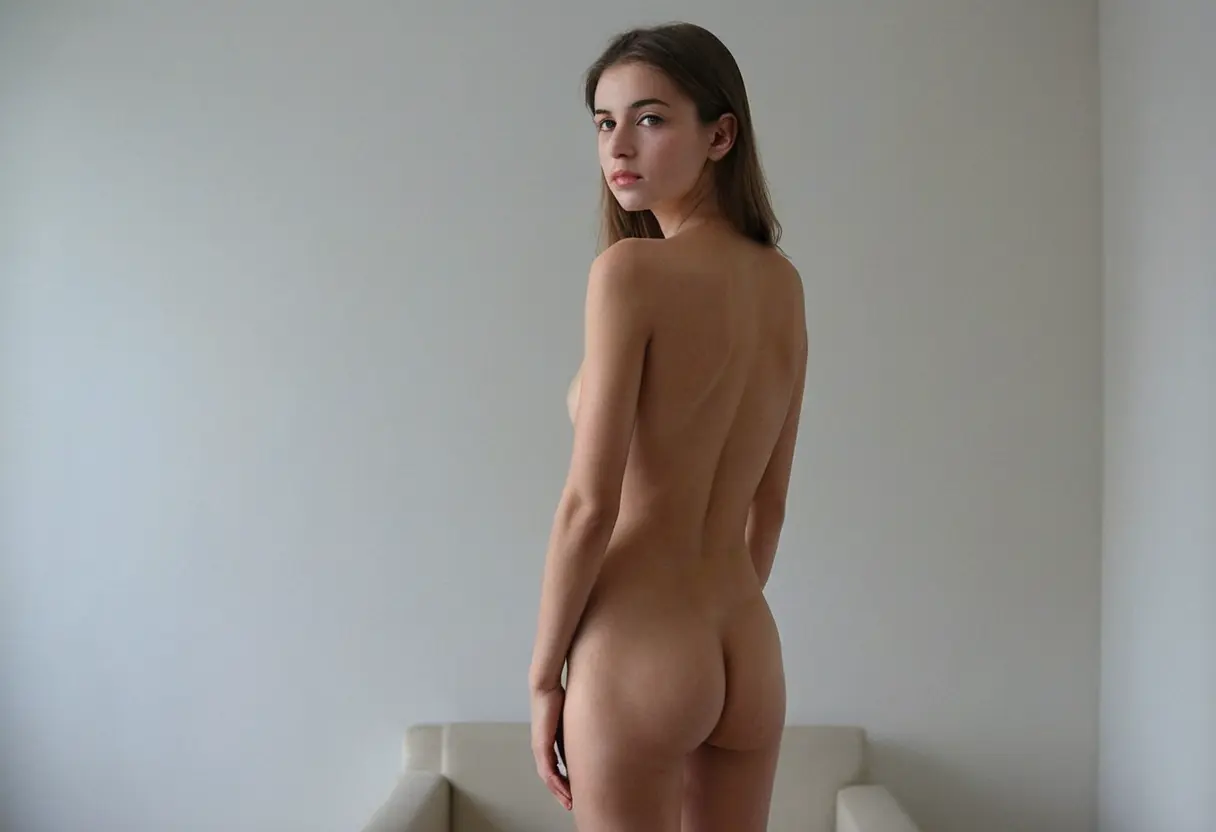Exploring the Future of Free Undress Nude AI Applications
Exploring the Future of Free Undress Nude AI Applications
The rapid evolution of artificial intelligence has led to the emergence of various applications that push the boundaries of creativity and ethics. One such development is the rise of free undress nude AI applications. These tools utilize advanced algorithms to generate or manipulate images and videos of nude figures, often blurring the line between artistic expression and ethical considerations. This article delves into the future of these applications, exploring their technological advancements, ethical implications, societal impacts, and potential regulations. As we navigate this complex landscape, it is essential to understand the implications of these AI tools for artists, consumers, and the broader community.
Technological Advancements in AI
The underlying technology behind free undress nude AI applications is rooted in deep learning and neural networks. These systems are trained on vast datasets of images, allowing them to understand and replicate human forms and characteristics. Some notable advancements include:
- Generative Adversarial Networks (GANs): GANs have revolutionized the way AI generates images. By utilizing two neural networks that compete against each other, GANs can produce highly realistic images of human bodies, enhancing the quality and authenticity of the generated content.
- Style Transfer Techniques: These techniques allow AI to apply specific artistic styles to images, enabling users to create unique interpretations of nude art. This capability opens new avenues for creativity and artistic exploration.
- Interactive Interfaces: Many modern applications feature user-friendly interfaces that allow individuals to customize their outputs. Users can manipulate various aspects, such as body shapes, poses, and backgrounds, resulting in highly personalized creations.
As these technologies continue to advance, we can expect even more realistic and sophisticated applications to emerge, enhancing the creative possibilities for artists and users alike.
Ethical Implications
The rise of free undress nude AI applications brings forth significant ethical dilemmas. These applications often exist in a gray area concerning consent, privacy, and the potential for misuse. Key ethical considerations include:
- Consent and Representation: Many AI applications rely on existing images of real individuals for training, raising concerns about consent. It is crucial to consider whether individuals depicted in the original images have granted permission for their likeness to be used in AI-generated content.
- Objectification: The ability to generate realistic nude images can lead to the objectification of individuals, particularly women. This concern emphasizes the need for responsible use of AI technology and the promotion of ethical standards within the industry.
- Potential for Abuse: As with any powerful technology, there is a risk of misuse. AI-generated nude images could be weaponized for harassment, revenge porn, or misinformation, highlighting the importance of robust regulatory frameworks.
Addressing these ethical concerns is vital to ensure that the benefits of AI applications are realized without compromising individual rights and societal values.
Societal Impacts and Creative Opportunities
The societal implications of free undress nude AI applications are multifaceted. While these tools offer creative opportunities for artists, they also challenge traditional norms and perceptions surrounding nudity and sexuality. Some potential impacts include:
- Redefining Artistic Expression: Artists can leverage AI tools to explore themes of body positivity, identity, and sexuality in innovative ways. This can foster discussions about the human form and the complexities of self-image in a digital age.
- Changing Perceptions of Nudity: As AI-generated nude images become more prevalent, societal attitudes towards nudity may evolve. The normalization of AI-created nudity could challenge taboos and promote a more open dialogue about the human body.
- Access to Artistic Creation: Free undress nude AI applications democratize art creation, allowing individuals without formal training to express themselves creatively. This accessibility can lead to a diverse range of artistic expressions and voices.
While there are risks associated with these developments, they also present exciting opportunities for growth and exploration in the creative field.
Potential Regulations and Future Directions
As free undress nude AI applications continue to gain popularity,undress ai tool the need for regulation becomes increasingly pressing. Stakeholders, including governments, tech companies, and advocacy groups, must collaborate to establish guidelines that address ethical concerns while promoting innovation. Possible regulatory measures include:
- Data Usage Policies: Clear guidelines on the use of images for AI training must be established to ensure consent and ethical representation.
- Content Moderation Standards: Platforms hosting AI-generated content should implement robust moderation policies to prevent misuse and protect individuals from harassment.
- Education and Awareness: Promoting understanding of the technology and its implications can empower users to navigate these tools responsibly.
By proactively addressing these issues, we can create a framework that balances innovation with ethical considerations, paving the way for a responsible future in AI-generated art.
Conclusion
As we explore the future of free undress nude AI applications, it is essential to recognize both the opportunities and challenges they present. Technological advancements are driving unprecedented creativity, but ethical considerations and societal implications must not be overlooked. By fostering open dialogue, promoting responsible usage, and establishing regulatory frameworks, we can harness the potential of these applications while safeguarding individual rights and promoting a more inclusive artistic landscape. The future of AI in art is bright, but it requires a collective commitment to ethical practices and responsible innovation.
Weekly hotspots
- Exploring the Role of AI in Fashion and Body Positivity
- Top Free AI Undress Applications to Try Today
- Explore How Free AI Undressers Revolutionize Virtual Try-Ons
- How Reddit Undress AI is Shaping Conversations Around AI Technology and Society
- Discover the Best Free Undressing AI Tools for Creative Projects
- Top Free AI Undress Applications to Try Today
- Explore the Future of AI Video Undress Technology in Fashion and Entertainment
- Discover the Best Free Online Platforms for Undressing AI Technology



